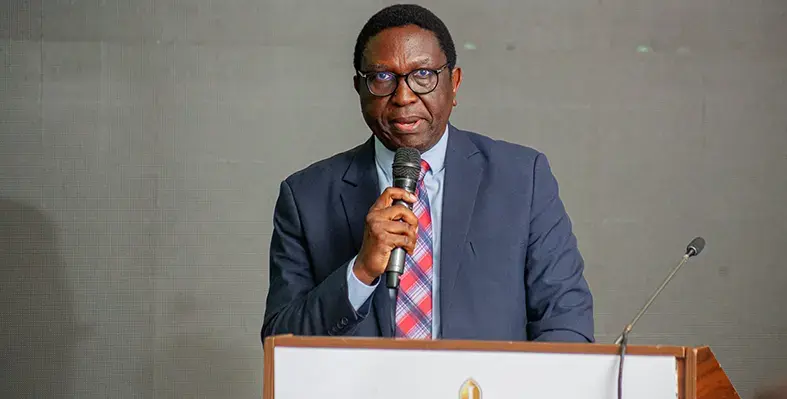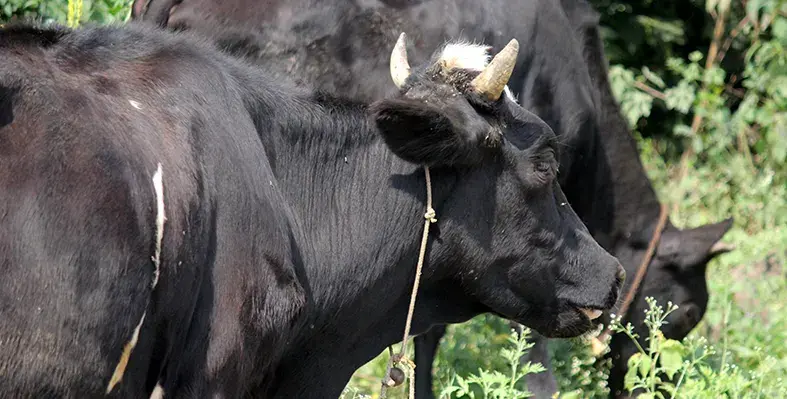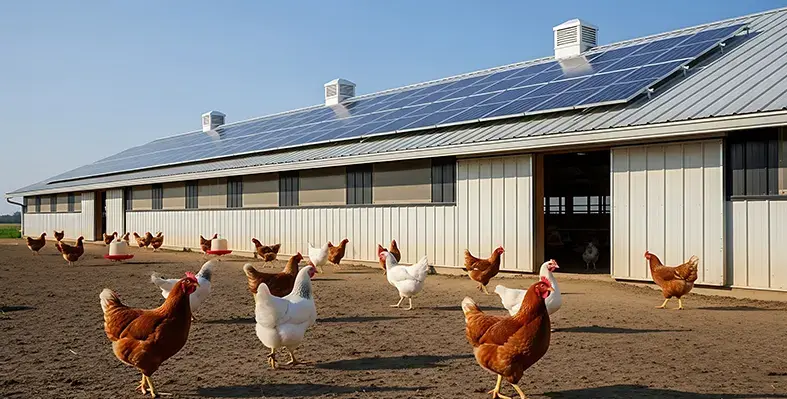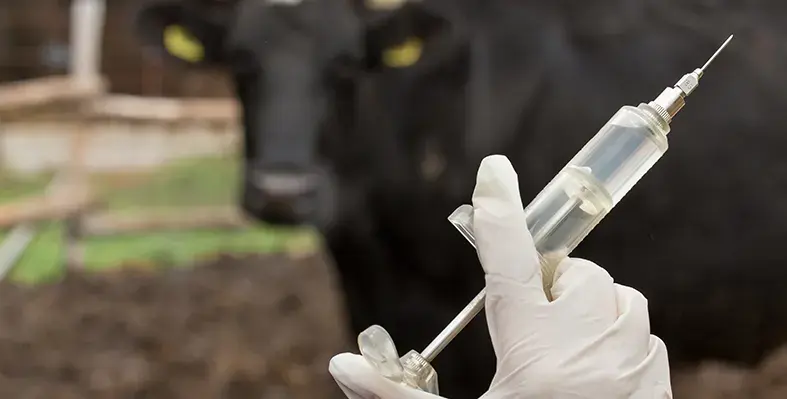
SwiftVEE specialises in digital livestock auctions, connecting buyers and sellers of cattle, sheep, goats, and game through online and live-streamed events.
South African agritech pioneer SwiftVEE has successfully raised approximately US$10.1mn in a Series A funding round, marking a significant milestone in its mission to modernise livestock trading through technology.
The investment round was spearheaded by African venture capital firm HAVAÍC and private equity firm Exeo Capital. Notably, former Old Mutual CEO Iain Williamson also participated, bringing a wealth of financial services experience. Existing investors, including fund managers Mike Kirsten and Carlo Dickson, along with private investment vehicle Zire Africa, joined the round, signalling strong confidence in SwiftVEE’s growth potential.
Founded in 2019, SwiftVEE specialises in digital livestock auctions, connecting buyers and sellers of cattle, sheep, goats, and game through online and live-streamed events. To date, the platform has facilitated over US$100mn in annual livestock and game sales through hundreds of auctions, proving the scalability and efficiency of its model.
With this new funding, SwiftVEE plans to expand across Southern Africa, targeting markets in Namibia, Botswana, Zimbabwe, and Zambia, while also aiming to grow its international reach via buyer syndicates in North America, Europe, the UAE, Asia, and Australia.
Beyond livestock trading, the startup intends to integrate fintech, insurance technology, and data-driven solutions into its platform. SwiftVEE aims to create a comprehensive ecosystem for farmers — providing access to digital finance, insurance services, data analytics, and other tools that simplify and secure agricultural value chains.
The company already operates PrysWys, an online marketplace for agricultural inputs where farmers can purchase essentials like fertiliser, feed, seed, and fuel. Earlier this year, SwiftVEE partnered with Nedbank Agribusiness to embed financing into the agriculture value chain, allowing farmers to purchase inputs through the platform with integrated credit solutions.
This approach reflects a broader trend across Africa’s agritech sector, where digital services and finance are increasingly embedded into agricultural platforms to enhance efficiency, accessibility, and sustainability.
According to CEO Russel Luck, connecting fragmented value chains has revealed opportunities beyond livestock: “The success of connecting fragmented value chains through the platform has revealed opportunities beyond livestock in other industries where similar inefficiencies exist.”
SwiftVEE’s journey from a simple livestock auction platform to a fully integrated agritech-fintech ecosystem demonstrates the growing convergence of agriculture, technology, and finance across Africa. With rising input costs and pressure on traditional value chains, platforms like SwiftVEE are positioning themselves as key drivers of a more inclusive, efficient, and digitally-enabled agricultural economy.










